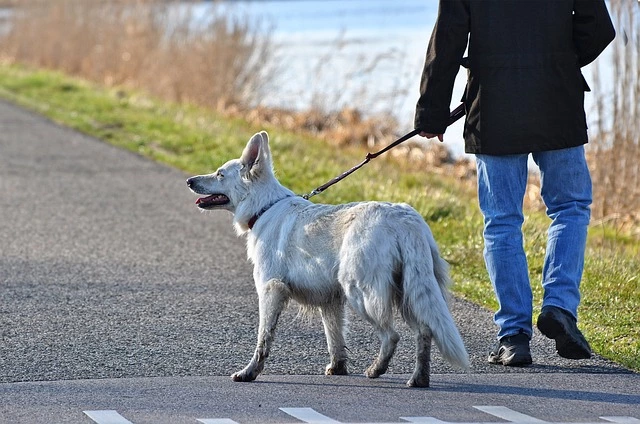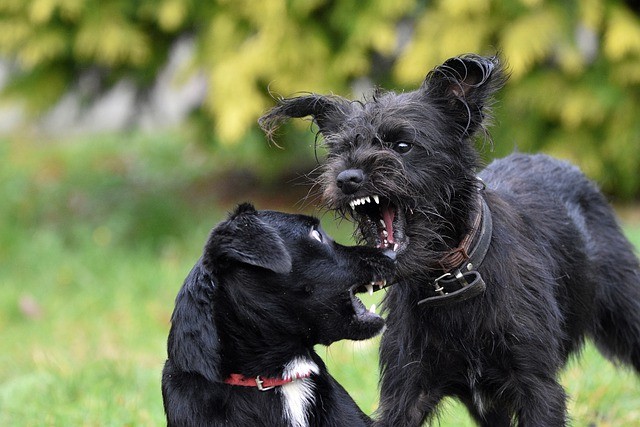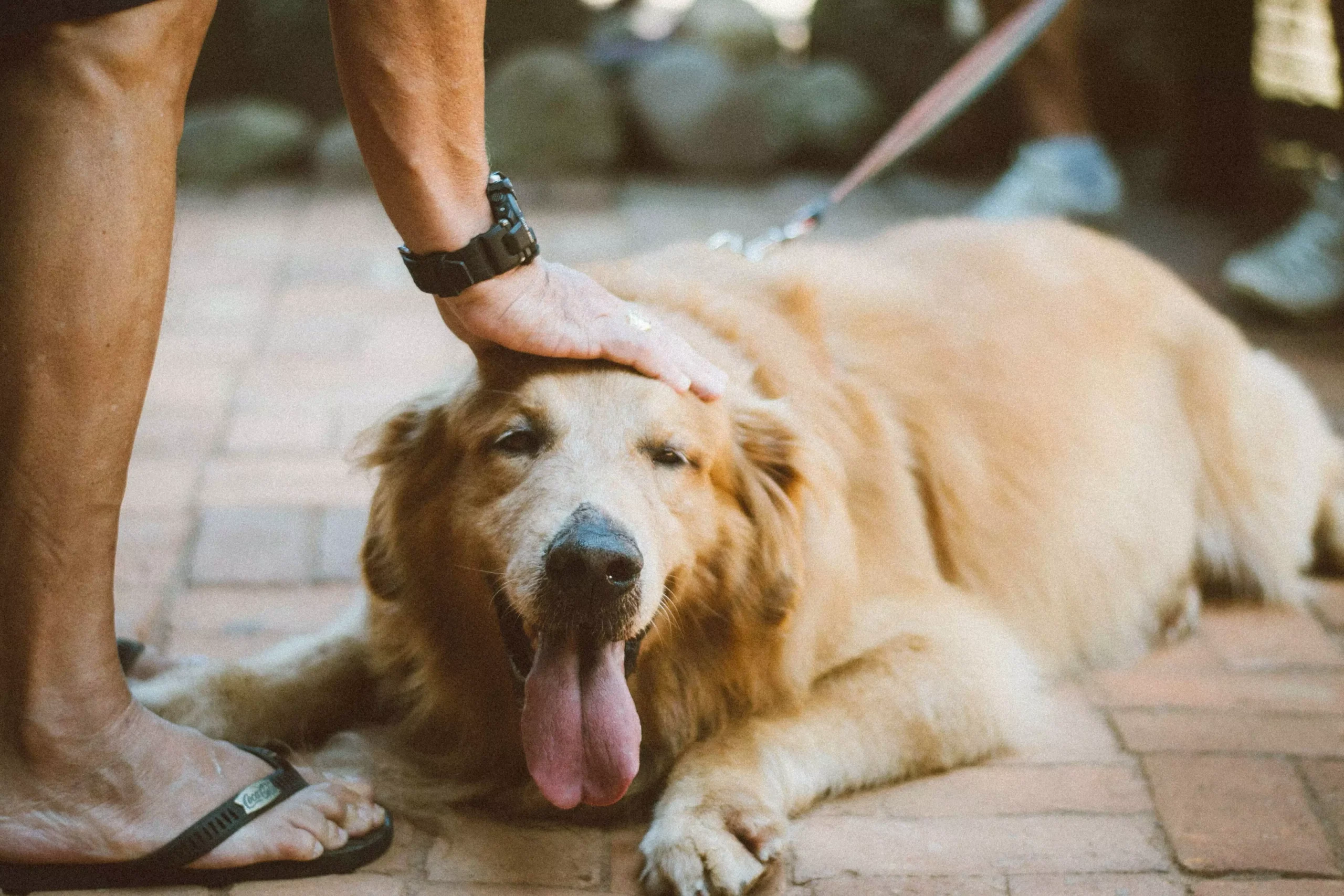leash pulling is a common behavior problem faced by dog owners during walks. It can be frustrating and make your walks less enjoyable. However, with the right techniques and consistency, leash pulling can be effectively prevented and addressed. In this article, we will explore some helpful tips and strategies to help you and your dog overcome leash pulling.
Leash pulling occurs when a dog constantly tugs or lunges forward, making the walk uncomfortable and uncontrolled. Dogs may exhibit this behavior due to various reasons such as excitement, lack of training, or a high prey drive. Understanding why your dog pulls on the leash is the first step towards addressing the issue.
To prevent leash pulling, start with a properly fitted harness or collar. Using a well-fitted harness or collar will distribute the pressure evenly and reduce discomfort for your dog. Avoid using choke or prong collars as they can cause harm and increase pulling behavior.
Positive reinforcement training is another effective prevention technique. Begin training your dog from an early age using positive reinforcement techniques. Reward your dog for walking calmly beside you and discourage pulling behavior by withholding attention or treats when they pull.
Consistent training sessions are crucial in preventing leash pulling. Regularly set aside short training sessions to focus on loose leash walking. Practice in controlled environments such as your backyard or a quiet park, gradually increasing distractions as your dog progresses.
If your dog is already exhibiting leash pulling behavior, there are strategies to address it. When your dog starts pulling, stop immediately and stand still. Wait until the leash becomes loose before proceeding. This teaches your dog that pulling will not get them where they want to go.
Another strategy is to randomly change directions while walking to keep your dog engaged and focused on you. This helps break the pulling habit and encourages them to pay attention to your movements. Incorporating verbal cues like “heel” or “let’s go” can also help communicate your expectations to your dog. Consistently using these cues will help your dog associate them with walking calmly beside you.
Here are some frequently asked questions about leash pulling:
Q1: Why does my dog pull on the leash?
A1: Dogs pull on the leash due to various reasons, including excitement, lack of training, or a high prey drive. Understanding the cause can help address the issue effectively.
Q2: Can I use a retractable leash to prevent leash pulling?
A2: Retractable leashes can actually encourage pulling as they allow dogs to move further away from you. It’s best to use a standard leash until your dog learns to walk calmly beside you.
Q3: Is it necessary to use treats for leash training?
A3: Treats can be a valuable tool for positive reinforcement training. However, with time and consistency, you can gradually reduce treat usage as your dog learns to walk nicely on a leash.
Q4: How long does it take to stop leash pulling?
A4: The time it takes to stop leash pulling varies depending on the dog’s age, temperament, and consistency of training. It may take a few weeks or several months to see significant improvement.
Q5: Should I seek professional help for leash pulling issues?
A5: If you’re struggling to address leash pulling despite consistent training, seeking professional help from a certified dog trainer or behaviorist can provide valuable guidance and support.
In conclusion, leash pulling is a common problem, but with patience and consistent training, it can be effectively prevented and addressed. Remember to use positive reinforcement techniques, stay consistent with your training sessions, and seek professional help if needed. Enjoy your walks with your well-behaved and leash-trained dog!









